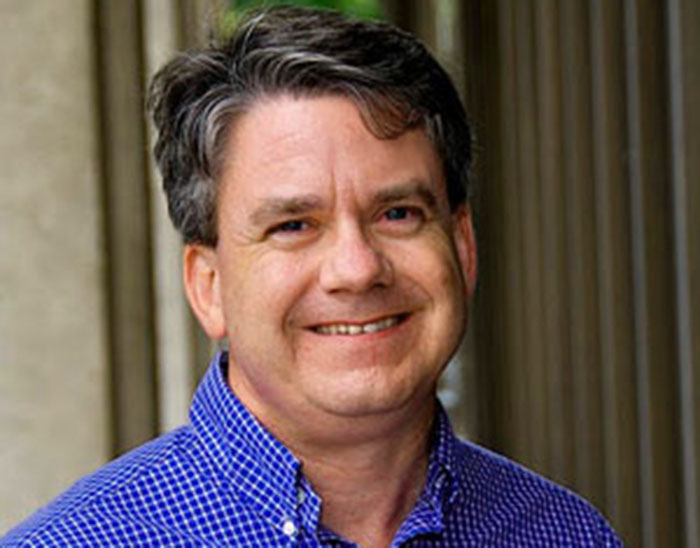Imagine being surrounded by 325 classmates, sitting in a lecture hall, waiting to take an hour of notes on the properties of gases, liquids, and solids. Instead, though, the professor walks around the classroom, popping balloons filled with different gases and sending them up in flames. For the students in Dr. Michael Kenney’s CHEM 105 class, this is just a typical day.
In an effort to find an active method of teaching that will engage both students and faculty, Case Western Reserve University’s Information Technology Services (ITS) began to work on “flipping” large classrooms. Kenney’s chemistry class is currently the test case for the project.
Every Monday, Wednesday, and Friday, Kenney’s goal is not only to teach all 325 students about chemistry, but also to enthrall them using experiments that demonstrate that chemistry can be exciting.
In order to document and spread the outcomes of the effort, ITS has decided to produce a documentary following Kenney throughout his attempt to invigorate the class.
“My dual role as a faculty member and assistant director in ITS led to me being the subject for the documentary,” said Kenney. “I have a strong desire to find new ways to incorporate technology into my class and finding better ways to teach my class. So I was, and am, a willing participant.”
The documentary is being produced on campus using MediaVision, the online recording system that allows students to watch their recorded lectures on Blackboard. The documentary will be using footage of Kenney’s class, along with student interview clips.
According to Kenney, this type of approach is becoming more and more popular in college lectures across the nation. The goal of the documentary, which is to be completed early second semester, is to get the word out about “inverted classrooms.”
“If the documentary helps other faculty make a decision as to whether they should consider this approach, then it is a good thing,” said Kenney.
“If the documentary is intended to raise awareness of an individual, I am not comfortable. I am happy to help others learn, but I am not trying to promote myself,” he continued.
Kenney taught his first class, a class of three students whom he called on the phone if they were not in class on time, in 1988. Since then, he has taught at five different universities.
From 1996 to 2006, he took a ten-year break to fill a variety of positions, including director of marketing, director of business development, and director of education. He has also worked in both the non-profit and for-profit arenas.
When he came back to the classroom in 2006, he taught one class for three semesters at CWRU. In addition, he taught high school physics during that time. In the spring of 2007, both CWRU and the high school offered him full time positions and he made the choice to stay at CWRU.
After working in the education field for 24 years, Kenney has experienced different class sizes and several different types of classes, allowing him to understand the difference between engaging large classes and engaging small ones.
“Teaching a large class has strengths and weaknesses. It can be difficult, but so can teaching a small class,” said Kenney. “I find that I like large classes because of the strong potential for interaction. Students know so much and need to be given the opportunity to share their knowledge. Finding ways to [share knowledge] when there are 300 others in the room can be a challenge.”
For Kenney, one of the biggest challenges in teaching so many students is determining the appropriate level at which to present the information.
“There is a distribution of skills within the class and I have to decide whether to teach the top students or those in the middle,” said Kenney. “I expect that the inverted classroom will actually make this easier because students will be helping each other.”


